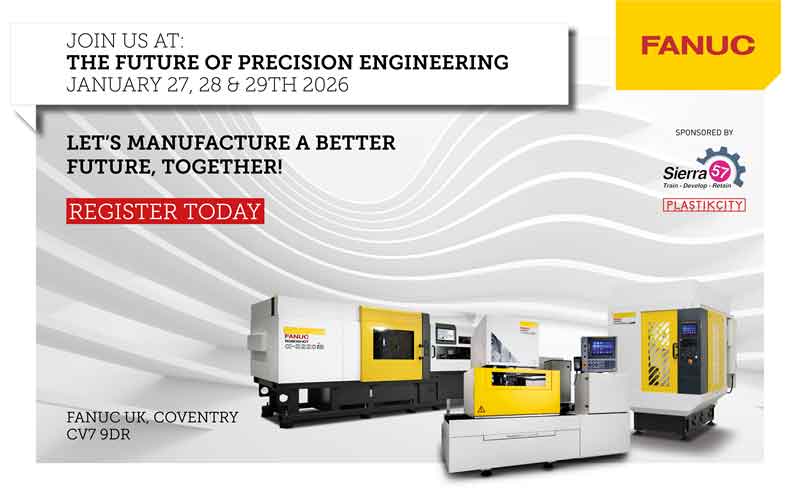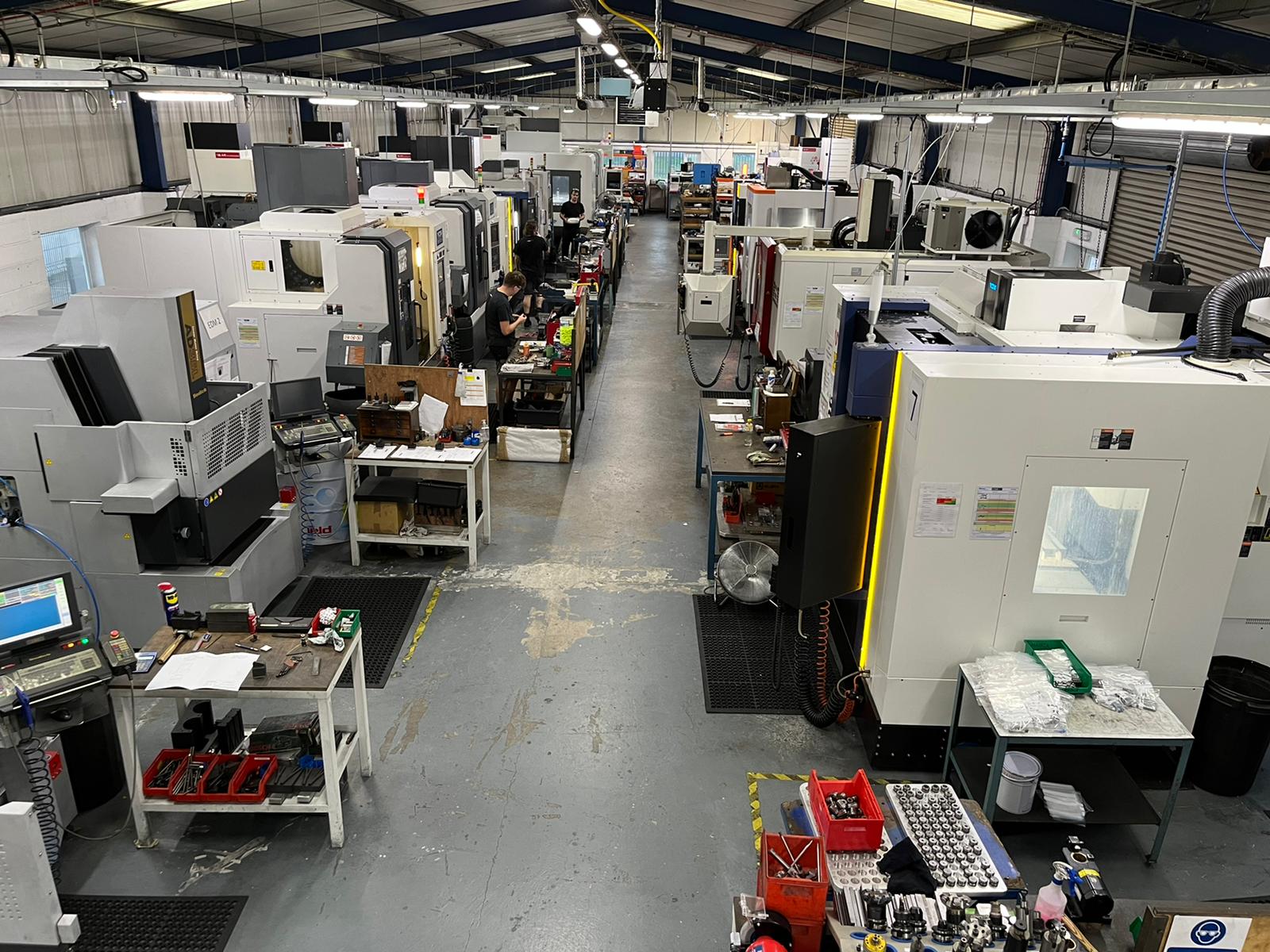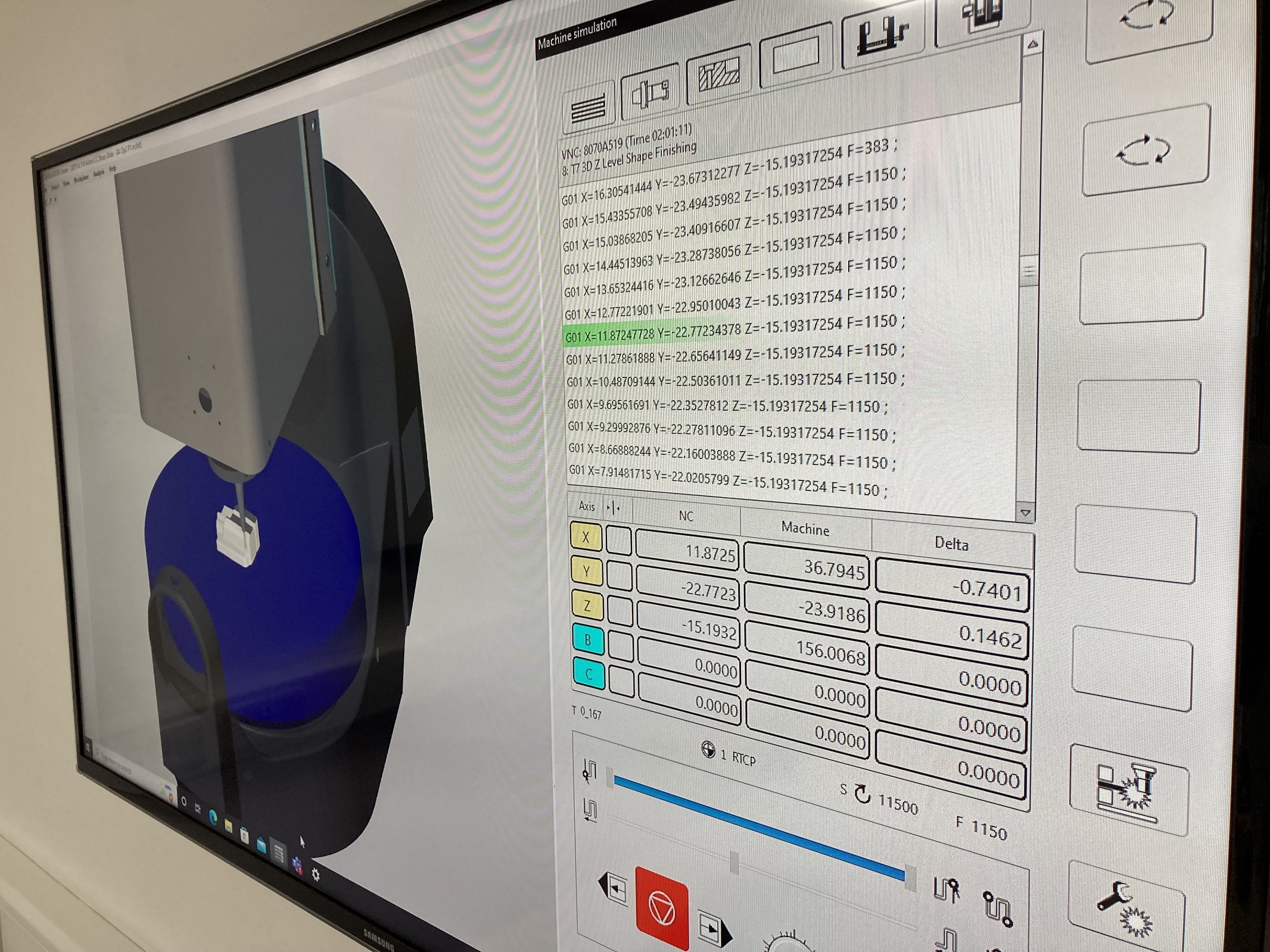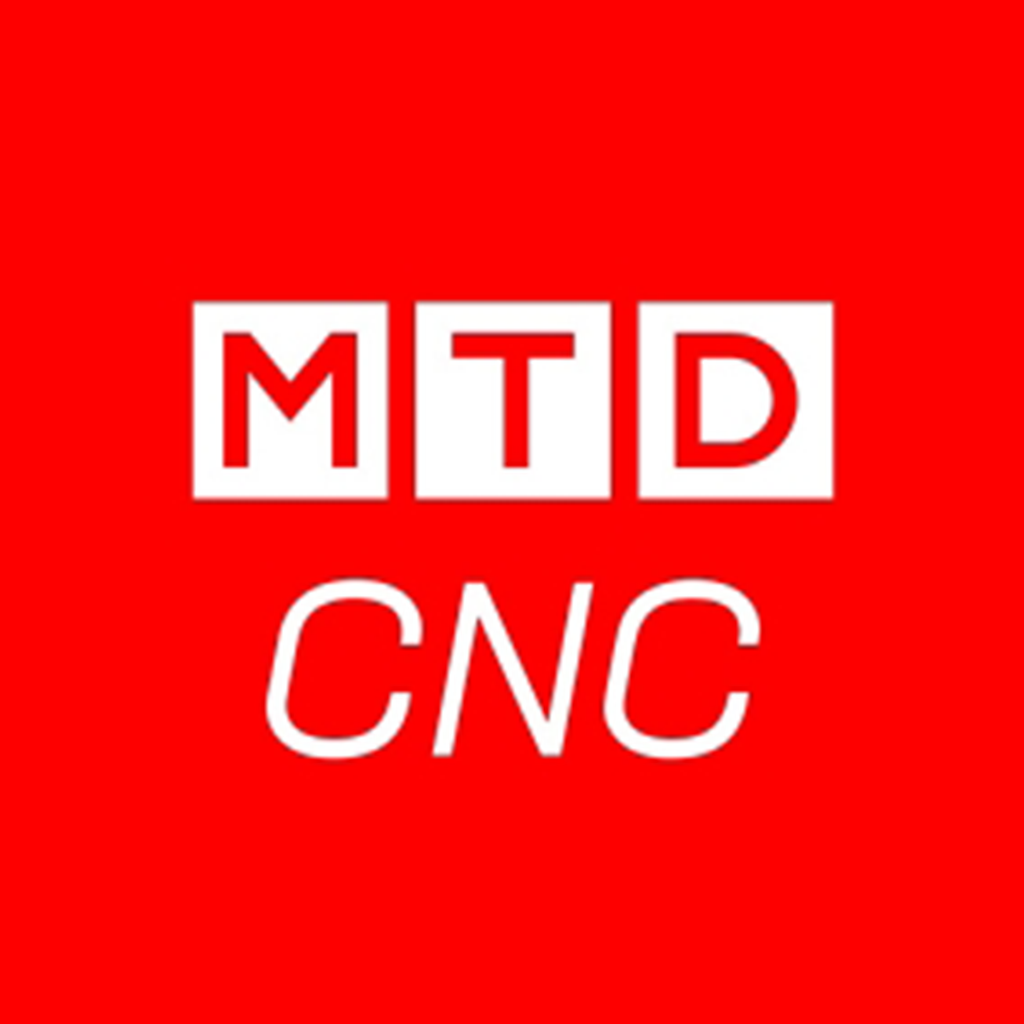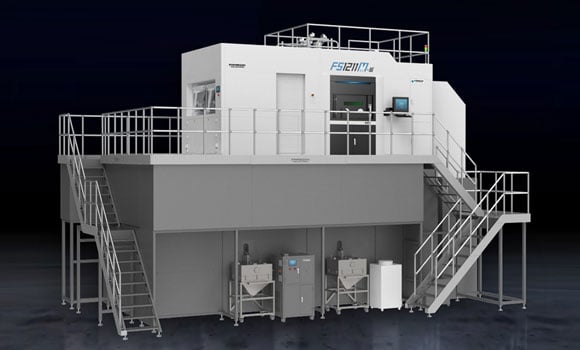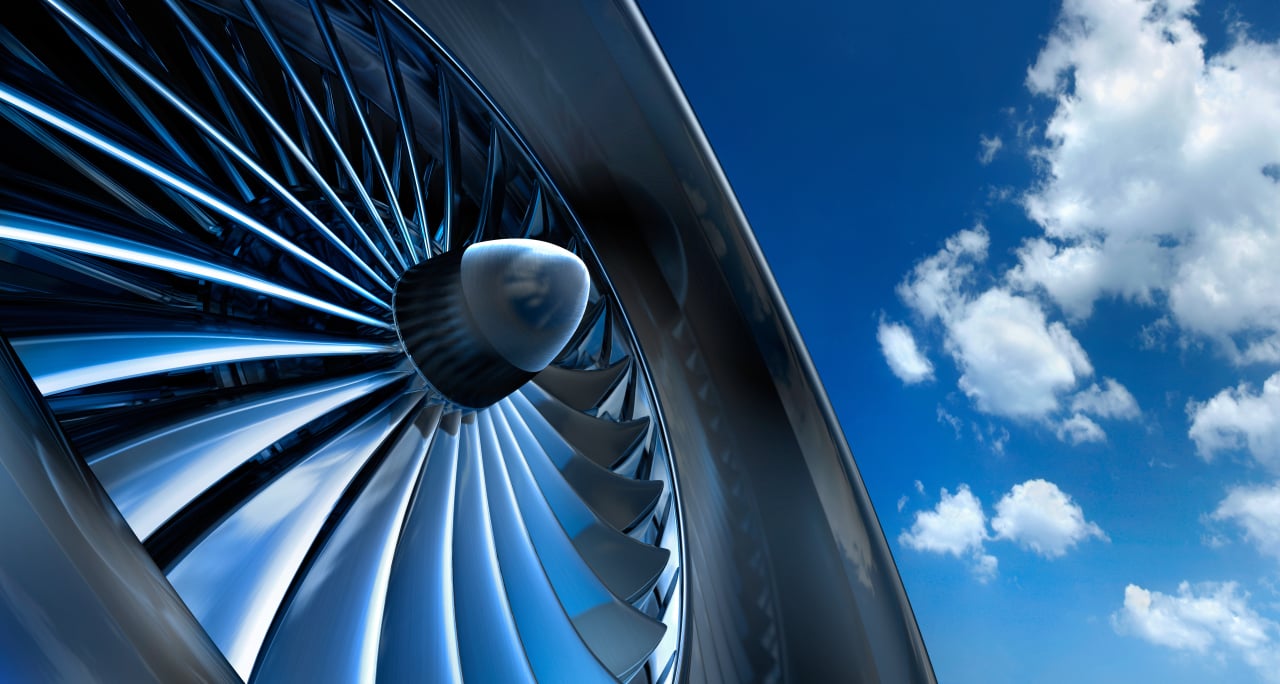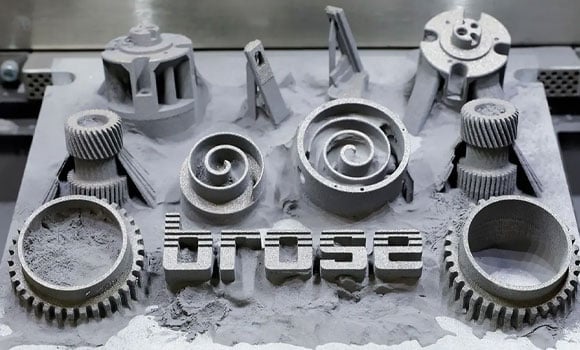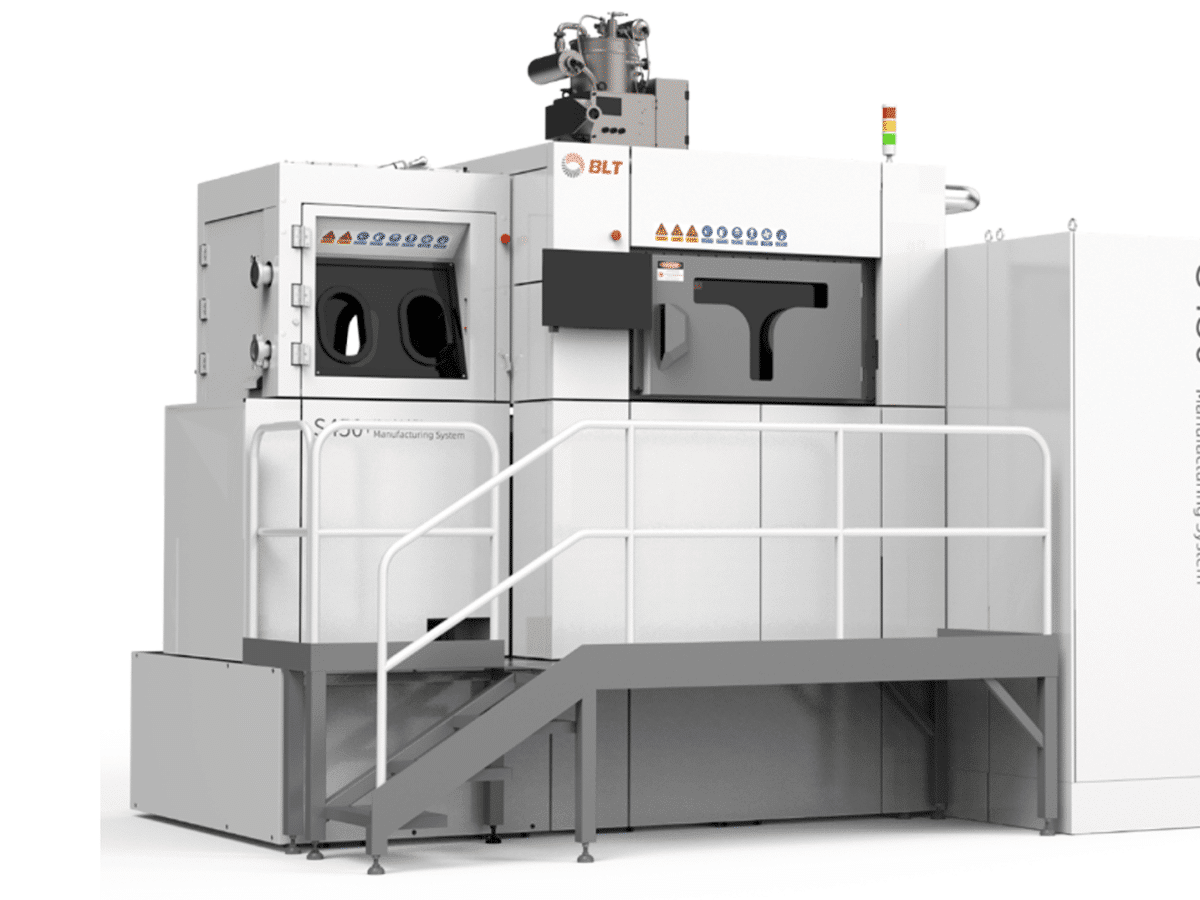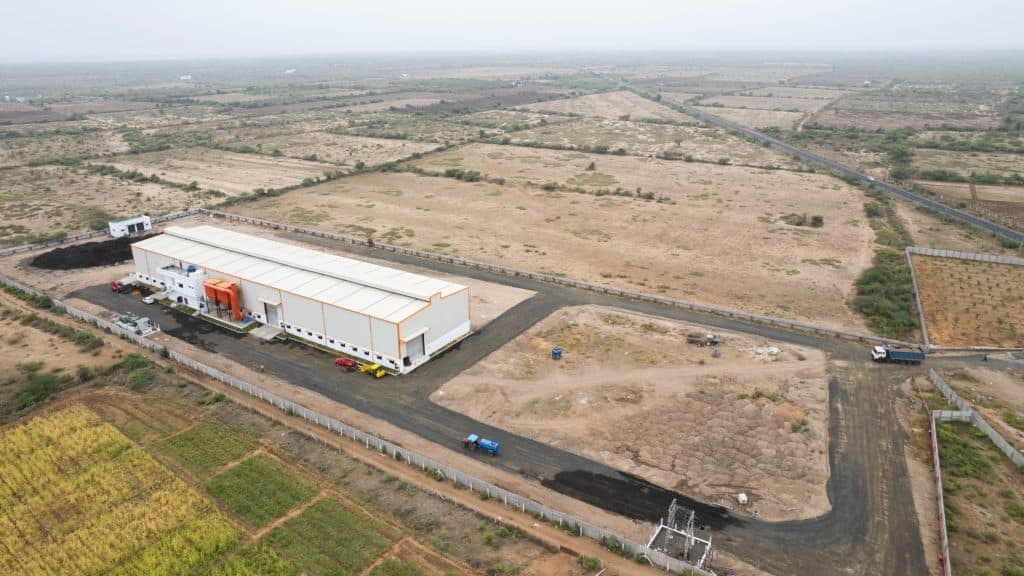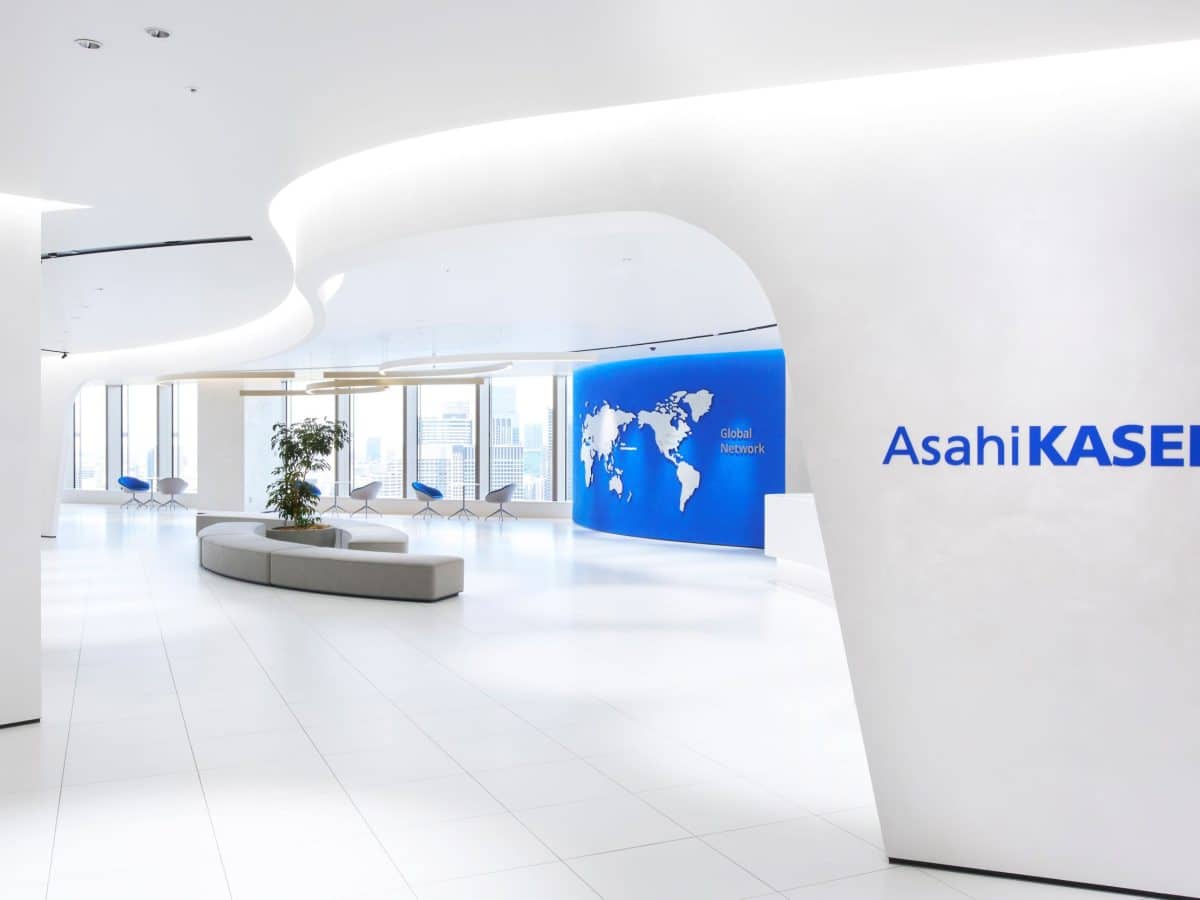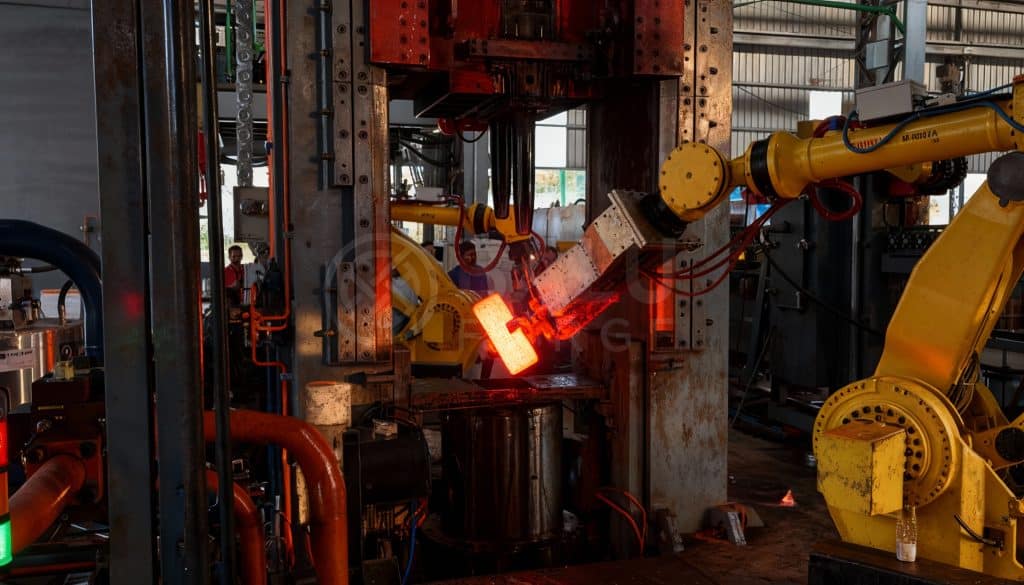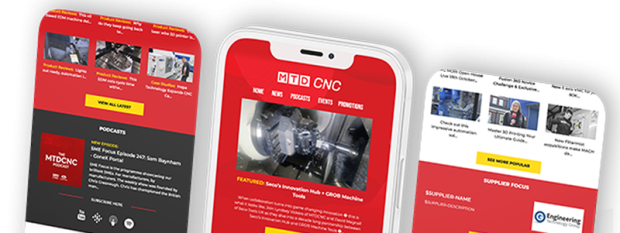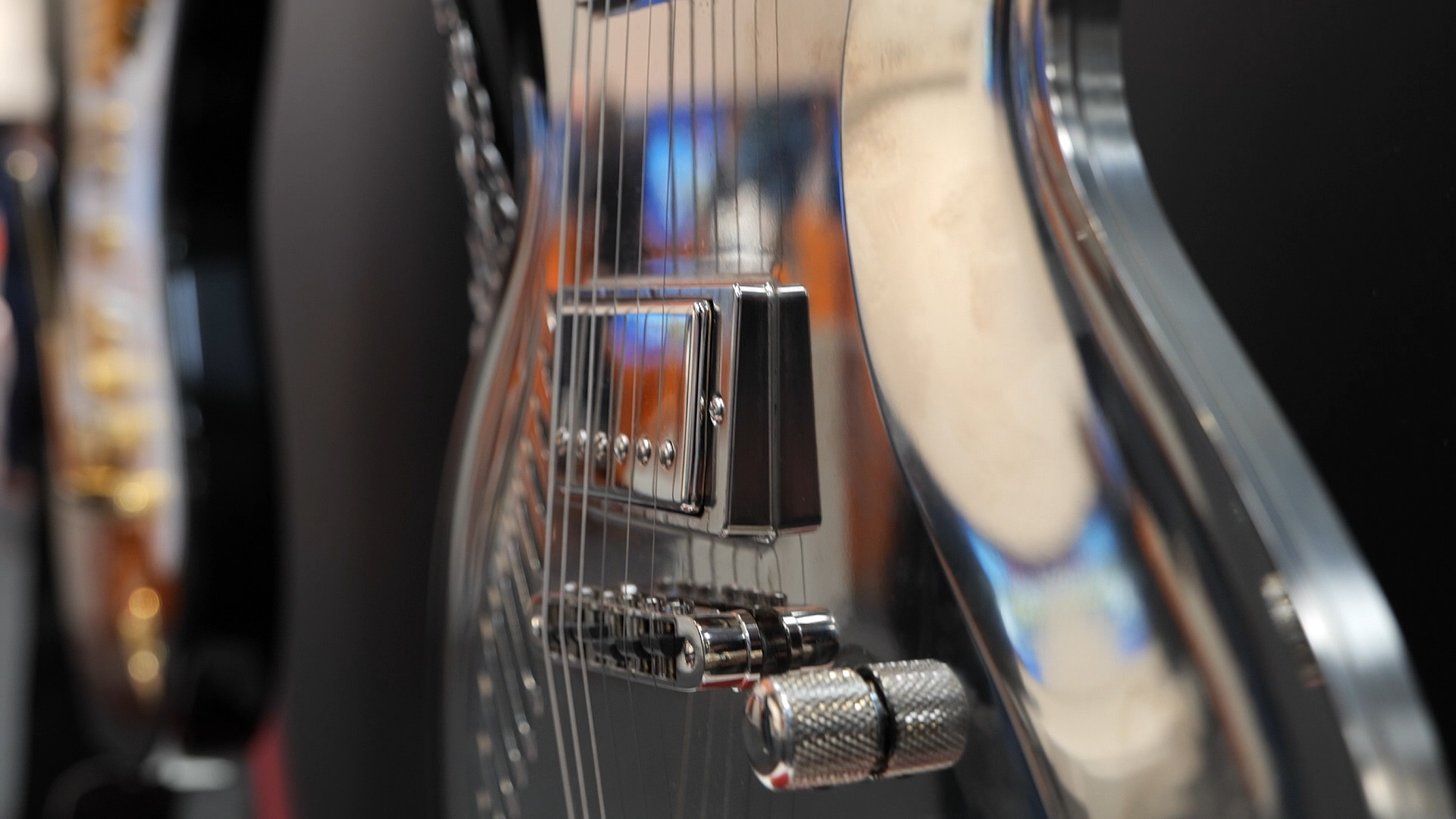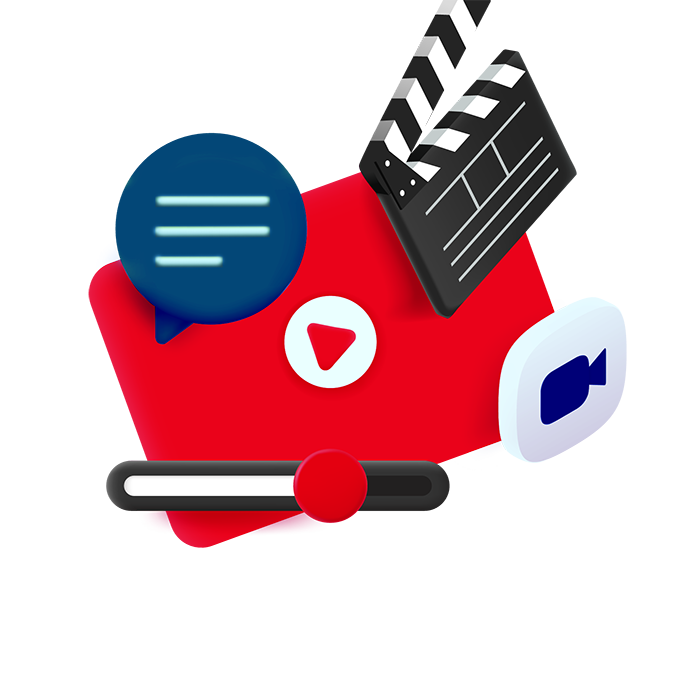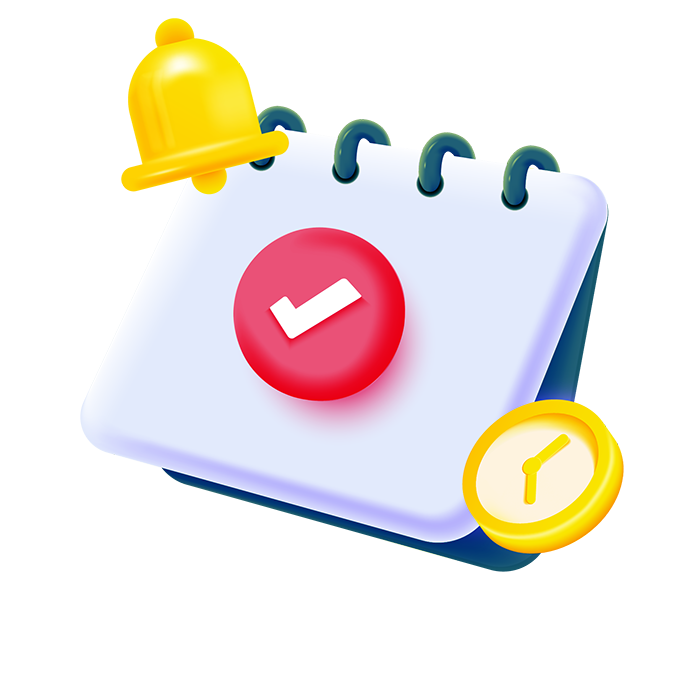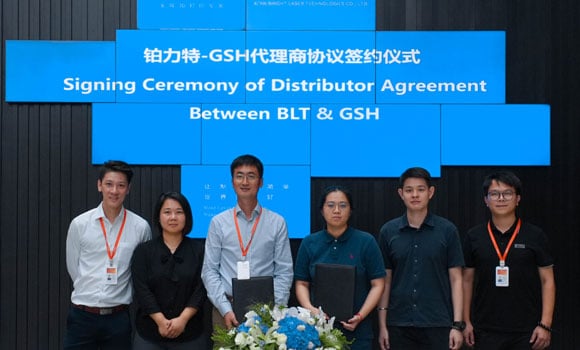
When Mark Newcombe had an opportunity to acquire the company that he had worked with for over 15 years, he grabbed it with both hands. Having a clear vision for Plymouth-based Tooltech, the company entered the aerospace industry as a niche manufacturer of wax injection mould tools and ancillary tooling. More than 20 years later, the company has been driven forward at a rapid pace, a trajectory that has been directed by investment in the workforce and cutting-edge technology – like the investment in hyperMILL CAM software from OPEN MIND Technologies.
The shop floor at Tooltech consists of machine tools such as AD35L EDM machines from Sodick, 3 to 5-axis machining centres from YCM, Hedelius and Mikron, XYZ turning centres and also 3D printing technology.
Discussing the company, Andrew Newcombe from Tooltech says: “The company began back in 1997 when my dad, Mark, bought the business off his old boss – and he developed it into the company that it is today. We produce bespoke tooling for the aerospace and power generation sectors, producing injection moulds and all the fixturing that goes alongside that. Everything we do is one or two off.”
The company primarily makes one and two-off components and assemblies, and this is exactly why the Devon manufacturer opted for CAM software from OPEN MIND Technologies. Alluding to why the company has transitioned to hyperMILL, Andrew continues: “We had a lot of surface finish problems and there were a lot of collisions, which you do not expect from your CAM software. That was the main problem for our business and what we were struggling with, it is also why we looked at other systems and moved to hyperMILL.”
“We had a demonstration, and it was extremely good – and this has been the case since we implemented the software. We have witnessed much better surface finishes on our components, and we now have no collisions with our machines. This means that when components come off the machine, there is no secondary hand finishing.”
Comparing hyperMILL to the previous CAM software, Andrew adds: “With hyperMILL, you have a lot more strategies to choose from and it is also very easy to change from one strategy to another. So, if one strategy isn’t the best fit – there is always another strategy to achieve the correct surface finish.”
Adding to this, Lance Jobe from Tooltech says: “We were struggling with our previous CAM software, and we were finding it difficult to achieve our desired surface finishes, we were also having collisions on the shop floor with our machines and the shop floor staff weren’t getting enough information from the sheets that we were putting out to them. We decided to change to hyperMILL after a very successful demonstration in January. We saw some things during that demonstration that covered all of the weaknesses that we were seeing in our current software, so we decided to make the switch.”
Referring to the multitude of machine tools and a vast range of cutting tools on the shop floor and how it works in harmony with the shop floor, Andrew says: “It was very easy to learn how to set up the tool libraries for our diverse range of machines on the shop floor.”
“With entirely new software, training was a daunting prospect, but after three days of training and an additional couple of days playing around with the system – it all clicked into place. We also undertook three days of advanced training and by the end of that, we were good to go! In just eight days, our business had undertaken a complete transition. During the transition and training stage, OPEN MIND Technologies have always been there and given us the support we have needed. All of the training was done remotely, and our training hours were 10am to 4pm, so we could still get work done in the mornings.”
“There’s a lot less bench work now. The jobs now come off the machines to a much higher standard than what we were getting and there is a lot less secondary work that our guys have to do before the jobs are shipped out of the door. The post-processors were another very straightforward factor. It was one of the biggest concerns we had when changing our CAM software, as we have a lot of different machines in our facility – but it was very simple and straightforward, and I cannot fault it.”
Adding to this sentiment, Lance says: “hyperMILL has been very good with our bench work. After the blocks have come off the machine, we have found that we have a lot less deburring to do and a lot less polishing. This means manufacturing times are greatly reduced from when the component comes off the machine tool to when it gets delivered to the customer.”
“hyperMILL is a lot faster to program than our previous software. hyperMILL is so interactive with the model, you can take a lot of the geometries straight from the model and start programming straightaway. There is no legwork at the beginning where you have to create a lot of boundaries and surfaces. The transition over to hyperMILL has been very straightforward and it had minimum impact on our production. Overall, our experience has been fantastic,” says Lance.
Concurring with this, Andrew says: “We are really happy with hyperMILL. We wish we bought it years ago. It has been such an easy transition, even though we had some concerns about the transition from one CAM software to another, especially as we had been using our previous software for so long. Now that we have gone through the transition, it has been simple and straightforward, and it is something we should have done five years ago,” says Andrew.

